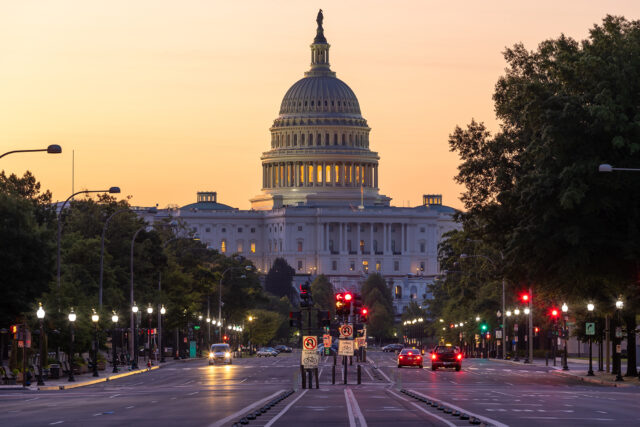
401(k) Plans Are Awfully Leaky
Alicia H. Munnell is a columnist for MarketWatch and senior advisor of the Center for Retirement Research at Boston College.
Up to 20 cents per dollar contributed leaks out early due to cashouts, loans, and withdrawals
At a recent conference, someone proclaimed that “401(k) plans leak like a sieve!” I know that the balances are small – combined 401(k)/IRA holdings of only $120,000 for households approaching retirement – but I attributed that primarily to people starting late, making low contributions, and moving in and out of coverage. I would have placed leakages fourth on the list. But it may well deserve a higher ranking.
Leakages come from three sources – cashouts, loans, and withdrawals. The government has attempted to discourage leakages by imposing a 10-percent penalty in addition to regular income taxes on any withdrawal before age 59 ½. Employers are also required to withhold 20 percent of any distributions paid directly to recipients.
Nevertheless, about 30 percent of participants cash out when they change jobs. Since many of the people cashing out are younger workers with relatively small amounts, the dollar volume of the cash outs is only 16 percent of the assets of job switchers. But early cashing out seriously undermines the ability of participants to accumulate substantial assets for retirement.
In addition, most 401(k) plans allow participants to borrow up to 50 percent of their balances (up to a maximum of $50,000). These loans must be paid back within five years (ten years if the money is used to purchase a primary residence). The percent of participants with loans has remained remarkably constant over time at about 15-20 percent. The impact of the loan on retirement savings depends on whether the money is used to add a garage or to pay for a vacation. Most people use their loans for home improvements or bill consolidation, so borrowers generally are simply reshuffling their balance sheets. The real dangers from 401(k) borrowing are that people stop their regular contributions while paying back the loan or do not repay the loans and become subject to tax and the 10-percent penalty.
Finally, most plans permit participants to take money out in the event of hardship or after age 59 ½. Reasons for hardship withdrawals include purchasing a primary residence, educational expenses, medical expenses, or general financial pressures. While the percentage of participants taking hardship withdrawals remains relatively low (about 2 percent), it increased noticeably in the wake of the financial crisis. To the extent that different individuals are taking withdrawals each year, many participants could be affected over a decade. In addition, the percentage of those reaching age 59 ½ who withdraw funds has been increasing over time.
Combine cashing out, borrowing, and hardship and age 59 ½ withdrawals, and the total suggests as much as 2 percent of assets may be leaking out of the 401(k) system each year. Compare that leakage rate to a contribution rate that equals about 10 percent of assets, and it is clear that leakages are a serious drain on 401(k) accumulations.
One option is to simply close down the leakage valves. That’s the approach taken in Australia’s mandatory “Superannuation Guarantee” program. Participants are not permitted to withdraw their balances except for so-called compassionate reasons, such as a terminal illness, and when facing severe financial hardship. Little commentary suggests that excessive withdrawals are a serious problem in Australia.
Totally eliminating the ability for people to access their money would not work in the United States, however, because participation is voluntary, not mandatory. Studies have shown that the knowledge that the money is accessible encourages participation and contributions to these plans. So blocking people from accessing their money might do more harm than good. Probably, the best that can be done within the current 401(k) framework is to tighten up the leakage options, so that 20 cents of each dollar contributed doesn’t continue to trickle out. The 401(k) system is leaking like a sieve!!







